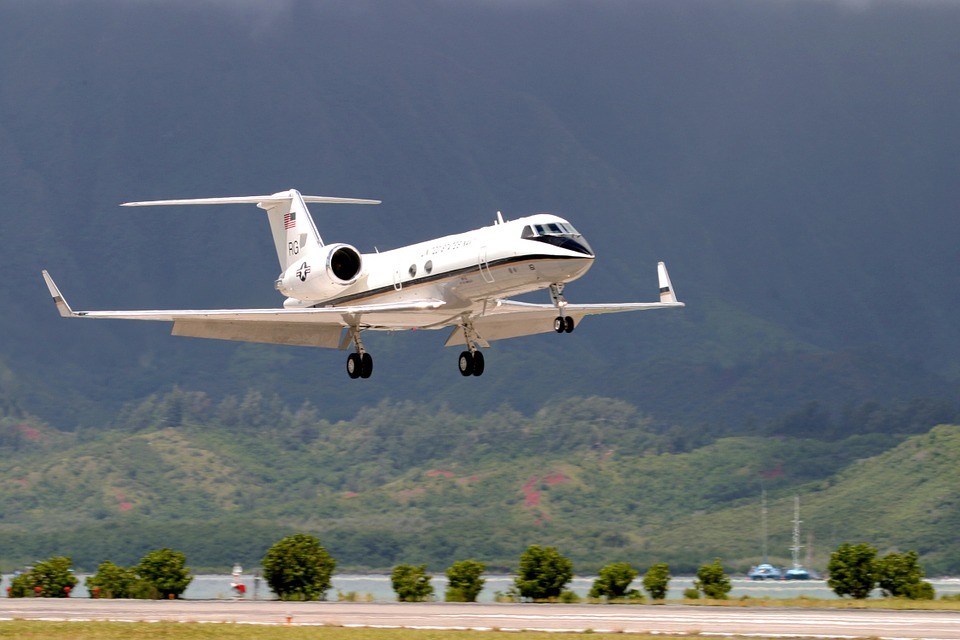Alt Investments
GUEST ARTICLE: Reach For The Skies And Win Returns - The Aircraft Financing Option

Aviation financing sounds like a niche area and to some extent it is. It is also an area investors should consider because of the potential return characteristics, so the author of this article argues.
Low interest rates have left many investors yield-starved, with private single and multifamily offices now looking at alternative investments in the hope of higher returns. Private equity, infrastructure and property have so far provided family office executives with a bright spot in an otherwise rather gloomy environment. But aircraft financing, with infrastructure-like features and strong liquid collateral also has a compelling investment case for investors looking for attractive returns on a risk adjusted basis. Given the nature of the topic, we hope readers in a number of regions will find this area of interest.
With nearly 20 years specialising in aircraft finance and over $10 billion of deals secured, industry expert and co-head of Investec Aviation Alok Wadhawan shares his insights into the sector. The views of the author are a valuable insight into this area; this publication’s editors don’t necessarily endorse all views as expressed by guest contributors but welcome such articles and urge readers to respond.
Aircraft financing is a relatively new asset class and historically, the relatively small market ($100-plus billion new aircraft delivered annually) has been dominated by bank debt and export credit financing, making it difficult for many investors to analyse and understand the investment. However, a shift of aircraft ownership from airlines to lessors (lessors over the past 25 years have increased market share from less than 5 per cent to nearly 40 per cent), has resulted in a greater need for new sources of capital in the industry, ultimately creating new investment opportunities for institutional investors and family offices.
Furthermore, the sector is currently supported by low oil price and air passenger growth, which have significantly contributed to increased airline profitability ($35 billion-plus airline profit projected worldwide for 2016 by IATA), creating a greater demand for aircraft.
Both debt and equity investments in aircraft provide exposure to a dynamic sector with a growing opportunity set. Recent data from Boeing Capital shows that over $100-plus billion per annum of new financing is required and that $5.2 trillion of aircraft deliveries will require financing over the next 20 years. Over the next three to five years, large aircraft deliveries driven by emerging market growth and the need for fleet replacement will need to be financed, providing an attractive and viable opportunity for investors such as family offices to invest in this asset class.
What are the characteristics aircraft financing and what are the returns achievable?
Aircraft assets share a number of common characteristics with other alternative assets like infrastructure and property. They are all hard assets with long economic lives that require large upfront capital expenditure that is typically financed with a significant level of debt. They also all generate relatively predictable cash flows. However, unlike infrastructure assets, an aircraft security is more liquid and mobile. The two main aircraft manufacturers (Airbus and Boeing) have more than 90% of the market share by value and as the product is fairly standardised and mobile, it can be redeployed from one geography to another with relative ease, making the collateral relatively liquid.
Aircraft are typically a dollar asset, which is an attractive
aspect for investors looking for a good opportunity to get (US)
dollar exposure in a stable asset class. It is an
alternative asset class that provides investors with attractive
dollar returns at around 4 per cent for debt assets and 8 per
cent for junior/equity tranches. For equity - a running cash
dividend of 8 per cent means an internal rate of returns of
between 12-15 per cent. The stable and predictable cash flows
generated in the sector are similar in nature to rental payments
in real estate.
Due to the low correlation to the equity and bond markets,
aircraft investment can bring some interesting diversification
benefits to a portfolio, especially during times of financial
asset distress
What are the risks associated with aircraft financing?
Key risks with aircraft financing are physical security - if the aircraft is operated and / or registered in a jurisdiction where the legal framework is not sound- and the rate at which the asset’s residual value deteriorates with age.
However, with regards to aircraft security, aircraft equipment (defined as aircraft and aircraft engines) is protected by an international treaty - The Cape Town Treaty - to which most countries in the world have signed up to and that is intended to standardise transactions involving moveable property and provide a robust framework for aircraft recovery.
And in terms of aircraft aging, in spite of the loss of value, investor loan-to-value improves over time as the loan repayment is quicker than asset depreciation. The strong value retention and liquidity of aircraft, especially the new models being produced today, support high levels of leverage, historically as much as 80 per cent of an aircraft’s market value, which, along with cost of borrowing, is a key driver of enhanced equity returns.
Where does the investment sit in a portfolio?
The highly dynamic and fragmented aviation sector is likely to attract more players from the deep pool of capital looking for competitive risk adjusted returns. Given this, and with the cyclicality of the industry and the lack of historical performance data, it could be argued that aircraft investments should be considered within the opportunistic category in a diversified portfolio.
Alternatively, these investments can be included in the absolute return part of the portfolio; however, it is important to take account of their liquidity profile within a broader portfolio context.
Another way to implement aircraft investments into a portfolio is to allocate them within the private debt category, with the aircraft equity investments (junior debt) being part of the higher yielding private debt component.
